
Pearl Harbor
Boeing Wonderland: The Fake Cities on America’s West Coast
By Bill YenneWhen I was a young boy in Seattle, my father told me about a fake town that had been built on top of Boeing’s Plant 2 during the war. Read more
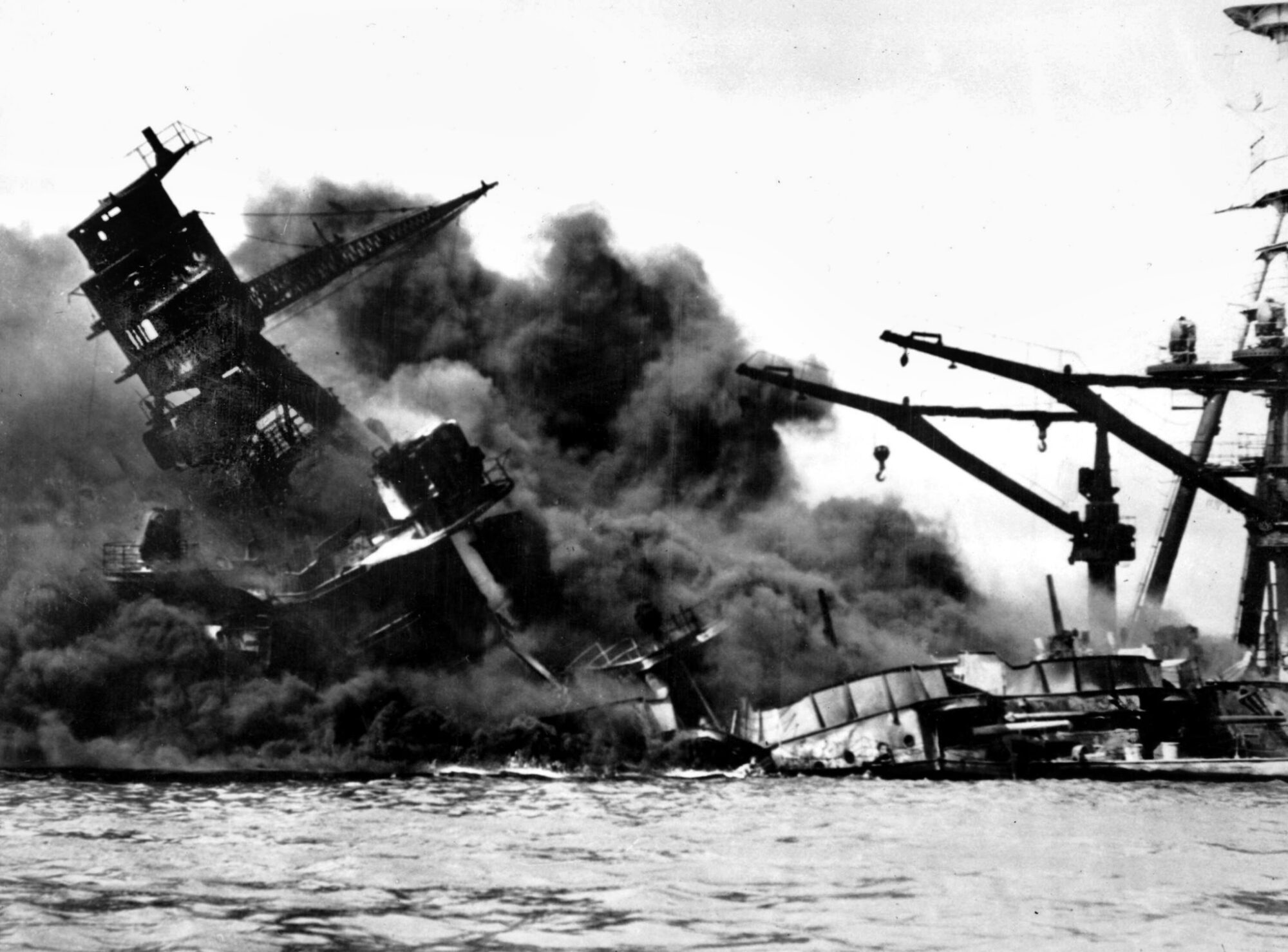
The attack on Pearl Harbor and other U.S. military installations on the island of Oahu, territory of Hawaii, Sunday, December 7, 1941, plunged the United States into World War II. The Pearl Harbor anchorage of the U.S. Navy’s Pacific Fleet was attacked by two waves of Japanese planes flying from aircraft carriers more than 200 miles north of Hawaii. Eight battleships of the Pacific Fleet, as well as numerous other ships, were sunk or damaged, and 2,403 American lives were lost. Pearl Harbor has become an enduring symbol of American resolve in the wake of the surprise air raid. President Franklin Roosevelt called the date of the Pearl Harbor attack one that would “live in infamy.”

Pearl Harbor
When I was a young boy in Seattle, my father told me about a fake town that had been built on top of Boeing’s Plant 2 during the war. Read more
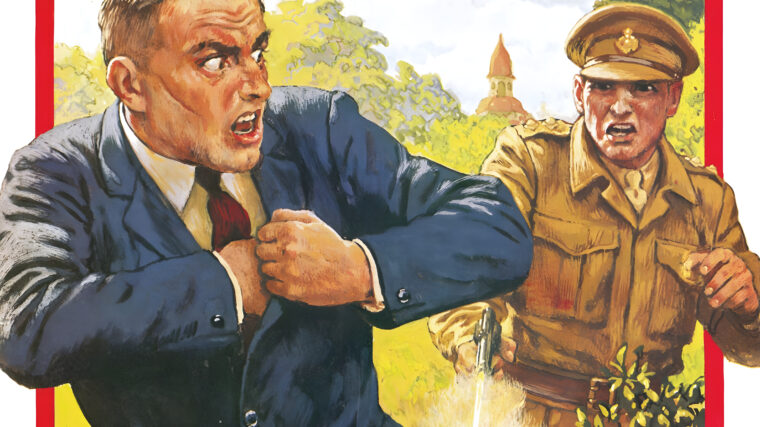
Pearl Harbor
Mildred “Midge” Gillars was born in Portland, Maine, took drama lessons in New York City, appeared in vaudeville, worked as an artist’s model in Paris and a dressmaker’s assistant in Algiers, and taught English at the Berlitz School in Berlin before—motivated by love and fear—she became the notorious “Axis Sally,” one of the Nazis’ leading radio propagandists. Read more
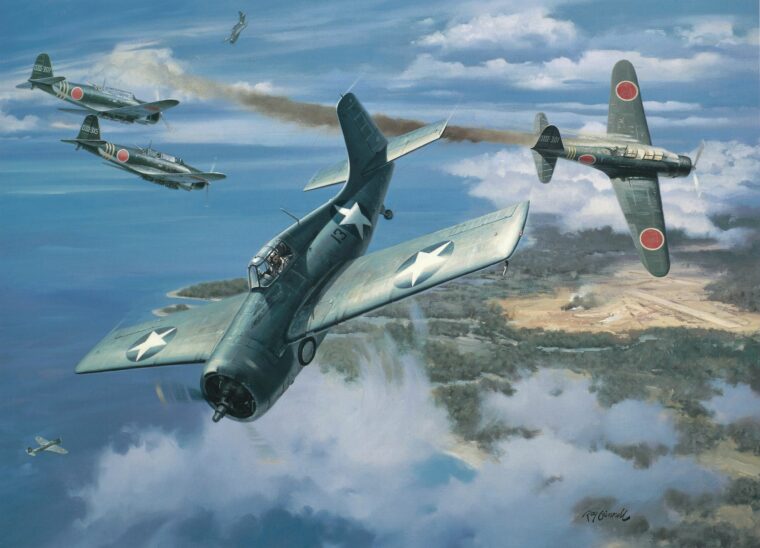
Pearl Harbor
Prologue: At the start of World War II, Midway Atoll was a key U.S. base in the central Pacific. Read more
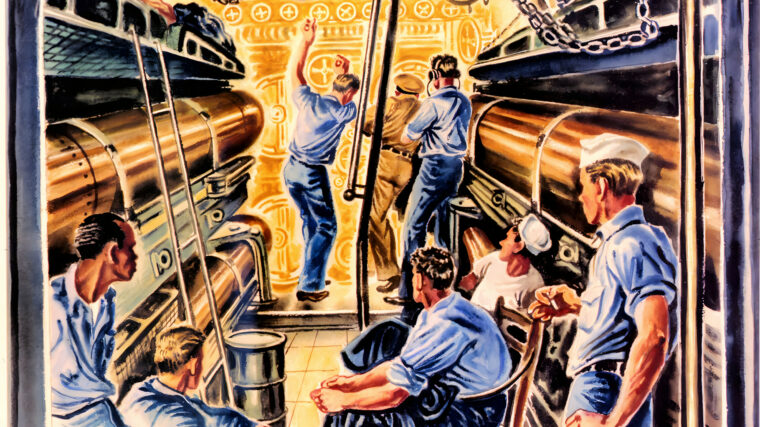
Pearl Harbor
BACKSTORY: In World War II, the American submarine force was inordinately small—just 252 total boats, compared to the more than 1,100 deployed by Germany and over 600 built by Japan. Read more
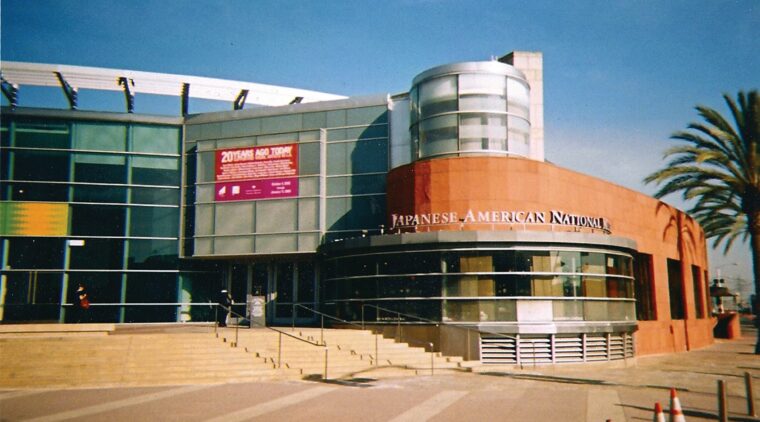
Pearl Harbor
Shortly after the Japanese attack on Pearl Harbor on December 7, 1941, many Japanese Americans, especially those living on the West Coast, were suspected of being possible spies, saboteurs, and disloyal Americans. Read more
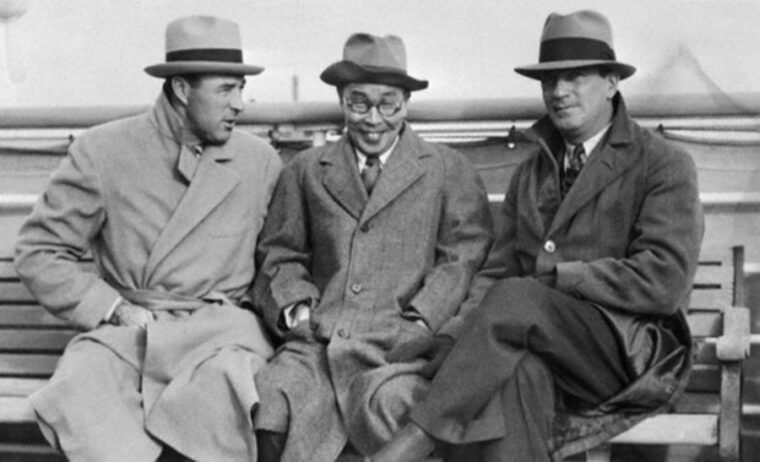
Pearl Harbor
In 1920, a young, handsome Jewish boy from New Jersey took the train from Grand Central Station to Princeton, New Jersey, where he would enroll that fall. Read more
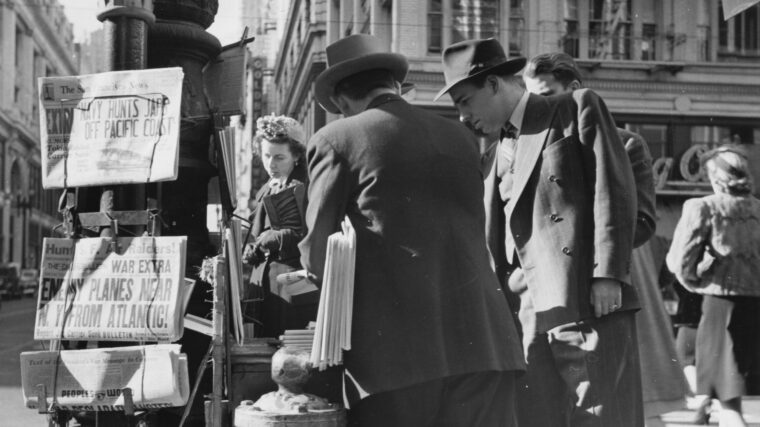
Pearl Harbor
It seemed like just another ordinary day at sea. Early on December 7, 1941, a U.S. Army-chartered cargo vessel, the 250-foot SS Cynthia Olson, under the command of a civilian skipper, Berthel Carlsen, was plying the Pacific waters about 1,200 miles northeast of Diamond Head, Oahu, Hawaii, and over 1,000 miles west of the Tacoma, Washington, port from which she had sailed on December 1. Read more
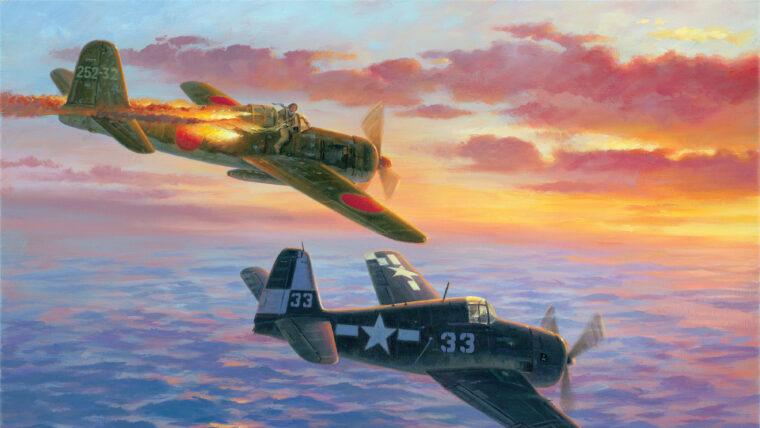
Pearl Harbor
Lieutenant (j.g.) John “Ted” Crosby banked his Grumman F6F-5 Hellcat around, observing the life-and-death drama that was unfolding below him. Read more
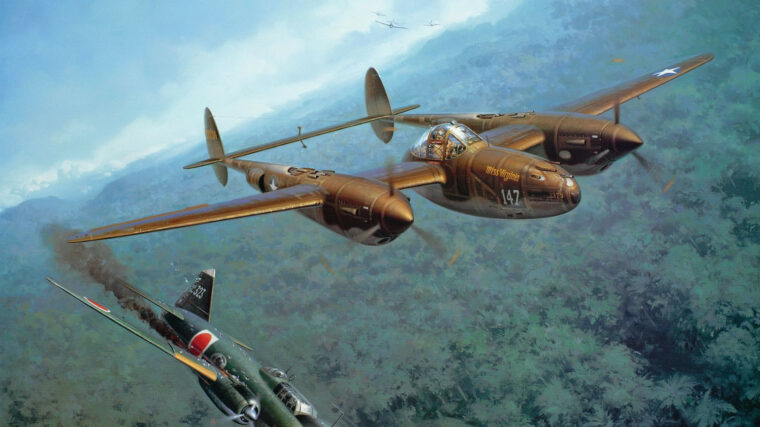
Pearl Harbor
When American air ace Major John Mitchell led 16 Lockheed P-38 Lightning fighters on the longest combat mission yet flown (420 miles) on April 18, 1943, Mitchell’s target was Isoroku Yamamoto, the Japanese admiral considered the architect of the Pearl Harbor attack. Read more
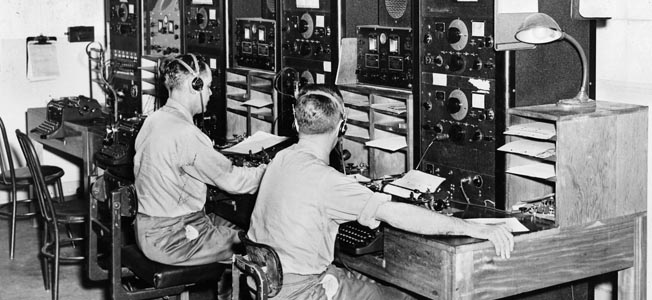
Pearl Harbor
The Japanese strike on Pearl Harbor on December 7, 1941—a “Day of Infamy,” as President Franklin D. Roosevelt described it—left the American Pacific Fleet in almost total ruin, plunged the United States into World War II, and set off a controversy regarding the events that led up to the attack that is still being hotly debated. Read more
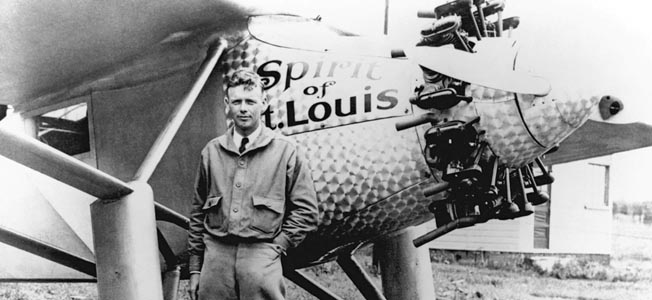
Pearl Harbor
Joseph J. Foss (April 17, 1915–January 1, 2003) was born on a farm near Sioux Falls, South Dakota. Read more
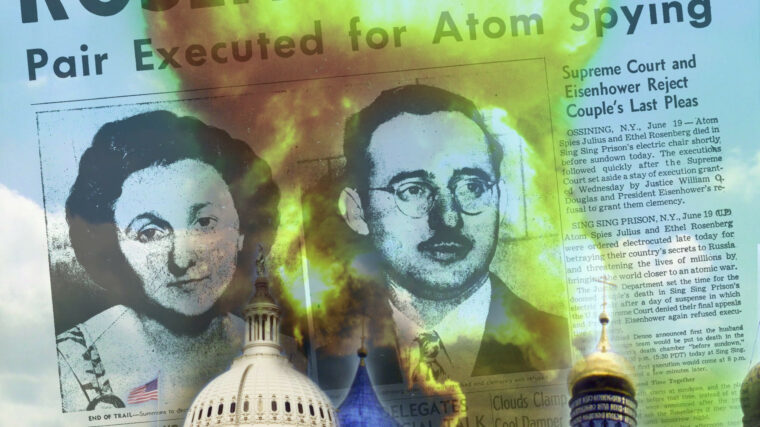
Pearl Harbor
On February 1, 1943, a group called the U.S. Army Signal Intelligence Service, the forerunner of the modern-day National Security Agency (NSA), began a project to intercept and analyze diplomatic signal traffic sent by an ally of the United States: the Soviet Union. Read more
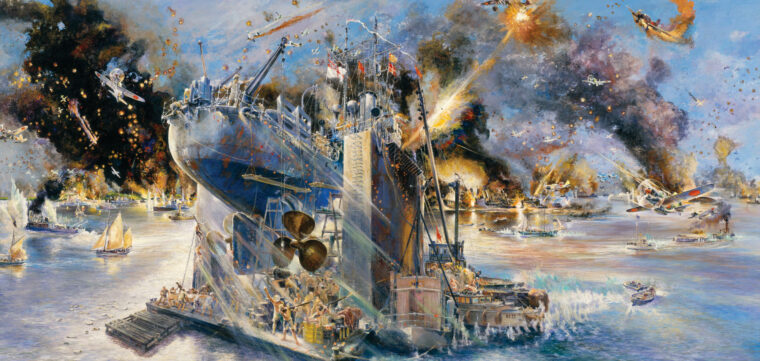
Pearl Harbor
The sun was just rising and the day promised clear skies overhead. Since 5 am maintenance crews had been running the engines, making last minute adjustments, and arming the scores of aircraft sitting on the steel flight deck of the Japanese aircraft carrier Akagi. Read more
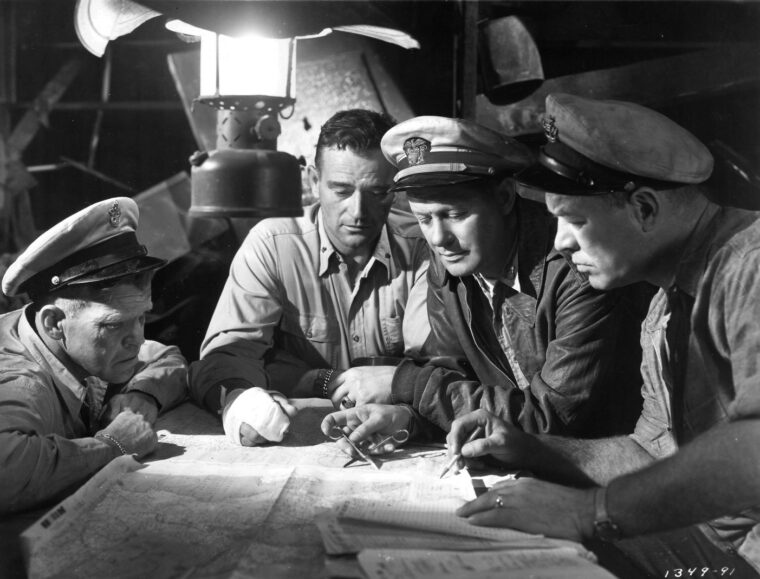
Pearl Harbor
With such award-winning films as Stagecoach, Young Mr. Lincoln, Drums Along the Mohawk, The Grapes of Wrath, The Long Voyage Home, and How Green Was My Valley behind him, John Ford was one of Hollywood’s most respected directors by the time World War II broke out in 1939. Read more
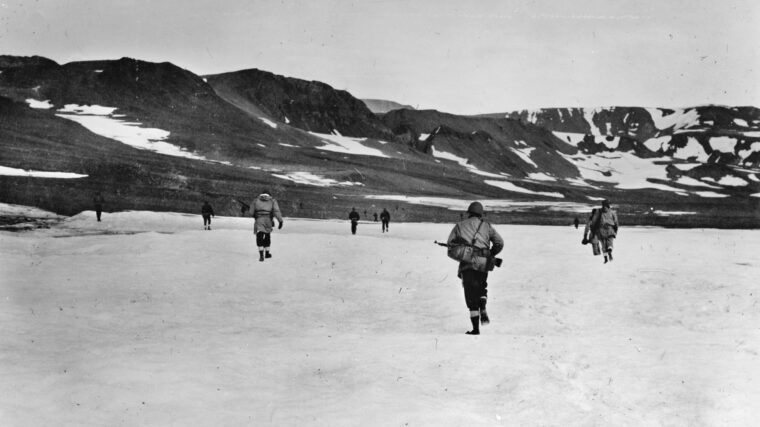
Pearl Harbor
Weather has long played a vital role in human history. Kublai Khan’s attempted conquest of Japan was foiled when his invasion fleet was destroyed by a typhoon. Read more
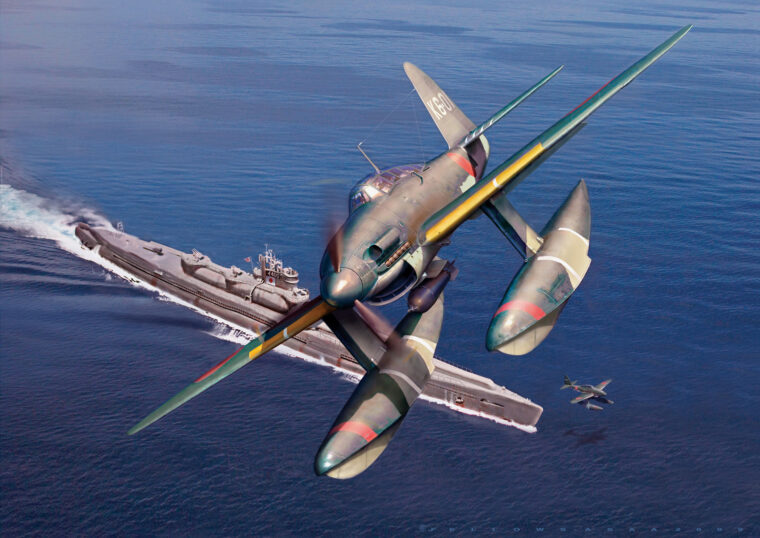
Pearl Harbor
Lieutenant Commander Stephen L. Johnson had a problem on his hands; a very large problem. His Balao-class submarine, the Segundo, had just picked up a large radar contact on the surface about 100 miles off Honshu, one of Japan’s home islands, heading south toward Tokyo. Read more
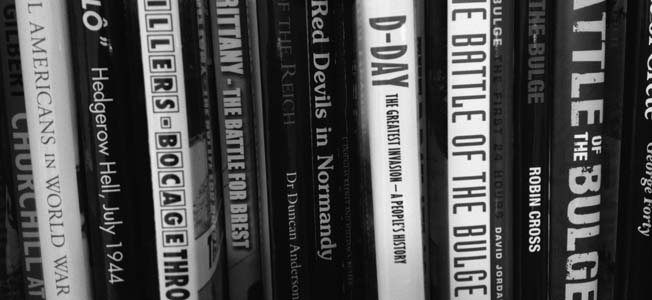
Pearl Harbor
American General George S. Patton, Jr., and German Field Marshal Erwin Rommel both demonstrated the masterful employment of armored forces in many World War II military campaigns. Read more
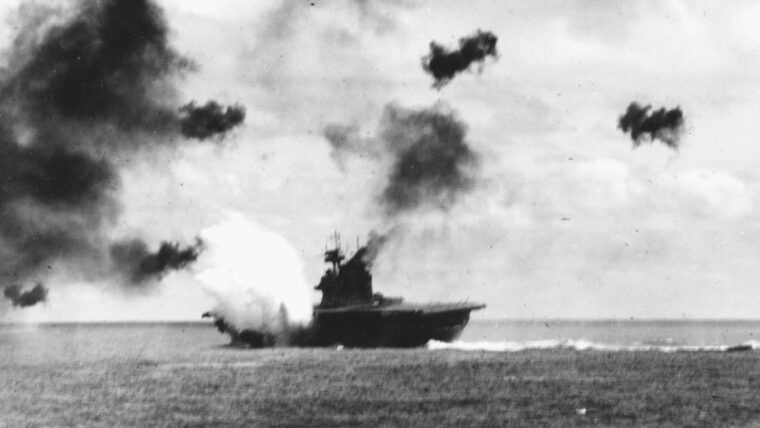
Pearl Harbor
Six months after the attack on Pearl Harbor, Admiral Isoroku Yamamoto, commander of the Combined Fleet of the Imperial Japanese Navy, sought to extend Japan’s defensive perimeter in the central Pacific with the seizure of Midway atoll, about 1,300 miles west of Hawaii. Read more
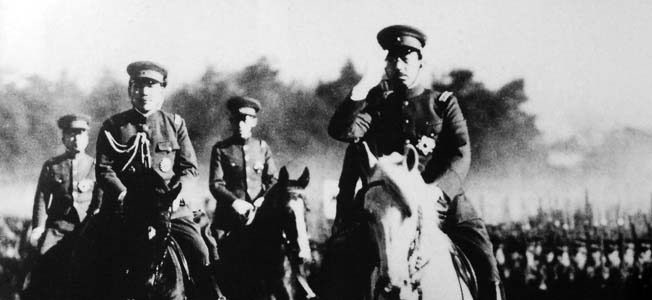
Pearl Harbor
He was the longest-reigning monarch and head of state in the 20th century, and the third-longest in history behind King Louis XIV of France (72 years) and England’s Queen Victoria (64 years). Read more
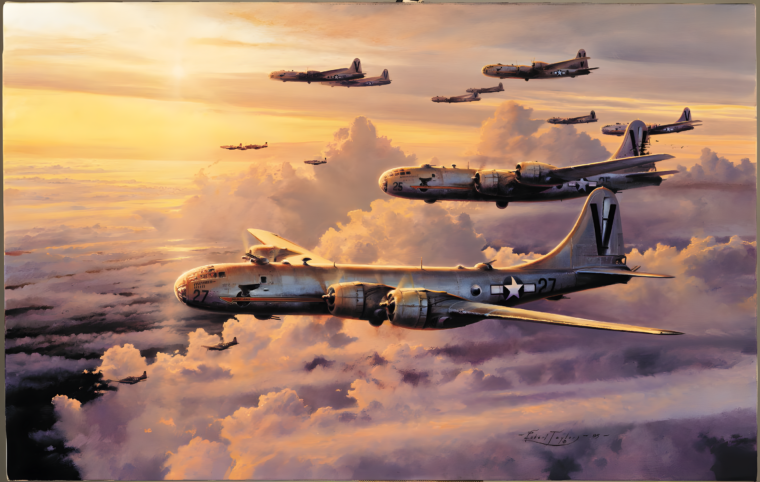
Pearl Harbor
From an altitude of 30,000 feet, the swift Japanese reconnaissance aircraft flew high over Saipan and Tinian, photographing the brisk and extensive engineering effort under way on the American airfields far below. Read more